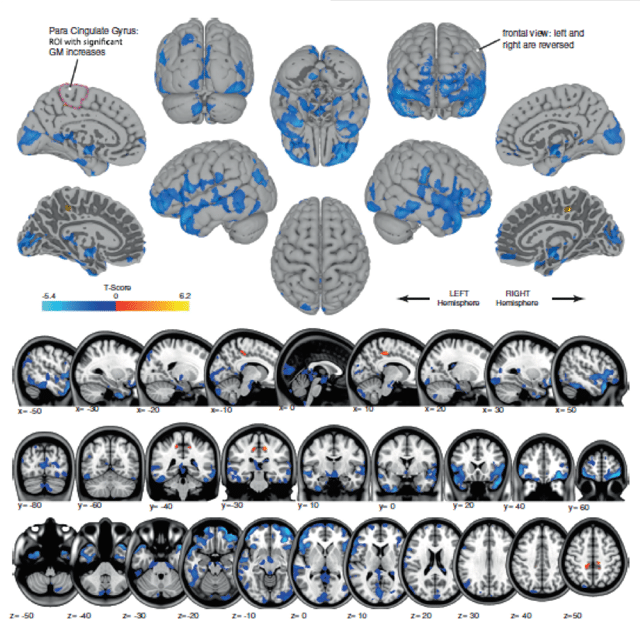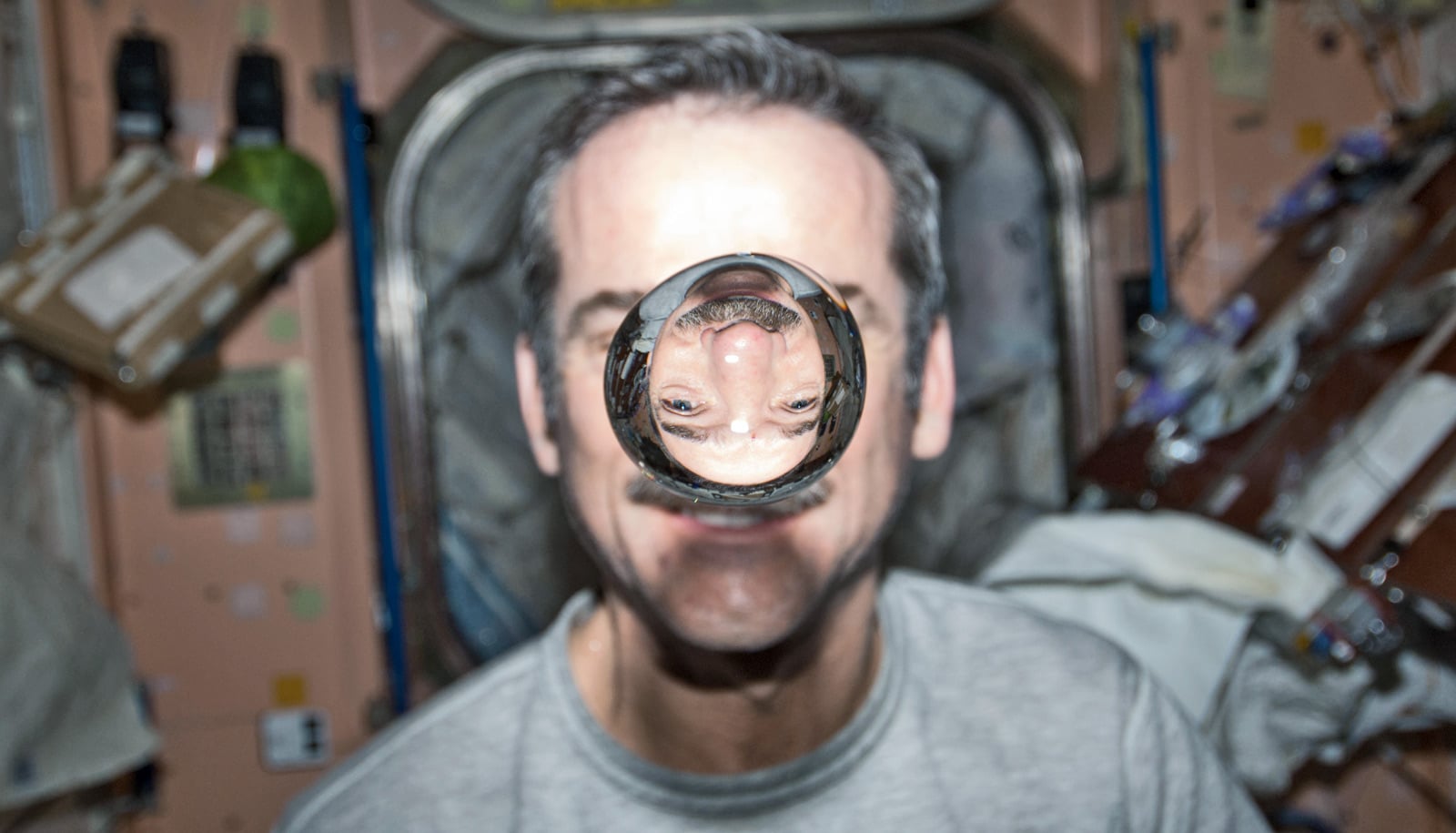Astronauts’ brains compress and expand in space, MRIs before and after missions show.
Researchers say the findings could have implications for treating other health conditions that affect brain function.
The study, believed to be the first to examine structural changes during spaceflight shows that the volume of gray matter increased or decreased, and the extent of the alteration depended on the length of time spent in space.

Researchers examined structural MRIs in 12 astronauts who spent two weeks as shuttle crew members, and 14 who spent six months on the International Space Station. All experienced increases and decreases in gray matter in different parts of the brain. The longer the astronaut spent in space, the more pronounced the changes were.
Why queasy rides in ‘space chair’ are totally disorienting
“We found large regions of gray matter volume decreases, which could be related to redistribution of cerebrospinal fluid in space,” says Rachael Seidler, professor of kinesiology and psychology at the University of Michigan.
“Gravity is not available to pull fluids down in the body, resulting in so-called puffy face in space. This may result in a shift of brain position or compression.”

The researchers also found increases in gray matter volume in regions that control leg movement and process sensory information from legs, which may reflect changes related to the brain learning how to move in microgravity. These changes were greater in space station astronauts because their brains were learning and adapting around the clock.
“It’s interesting because even if you love something you won’t practice more than an hour a day,” Seidler says. But the brain changes researchers observed were equivalent to someone practicing a new skill round-the-clock.
“In space, it’s an extreme example of neuroplasticity in the brain because you’re in a microgravity environment 24 hours a day.”
Astronauts offer science an extreme view of awe
Though they haven’t pinpointed the exact nature of the changes, the findings may lead to new ways of thinking about certain health conditions—for example, people on long-duration bed rest or people who have normal pressure hydrocephalus, a condition in which cerebrospinal spinal fluid accumulates in ventricles in the brain and causes pressure.
The brain changes could reflect new connections between neurons, says Seidler, who is leading another long-term study that will help determine the repercussions on cognition and physical performance, as well as how long the brain changes last.
For example, even after balance returns, the brain might still recruit different pathways to compensate for the structural brain changes caused by spaceflight.
“The behavior may return to normal, but the way the brain controls the behavior may change,” she says.
NASA funded the work, which appears in Nature Microgravity.
Source: University of Michigan



